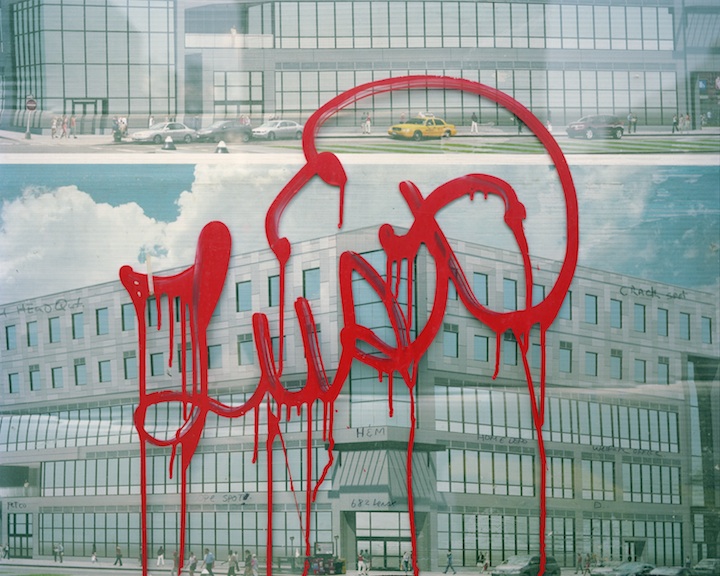Dawoud Bey’s presence in Chicago makes it easy to forget that he was not born and raised here. Although Chicago has been his home since 1998, his signature approach to portraiture traces back to his days growing up in New York, living with his family in Queens and refining his eye on the streets of Harlem. This is the place where his work always comes back to. In everything from his Polaroid Portraits to the Class Pictures and The Birmingham Project, there is evidence of the same subject sensitivity that was first brought to his Harlem, USA photographs, which were taken between 1975 and 1978, and exhibited at the Studio Museum in Harlem in 1979.
For Harlem Redux at Stephen Daiter Gallery, Bey has coupled Harlem, USA with a new series of photographs that capture recent physical and demographic shifts of the neighborhood. To make the nuances and tensions of change visible, he takes a step back from making people the dominant focus and instead forefronts the landscape. Blurred streets, hard dividing lines, and a recurring motif of temporary, grid-like fences, tarps, scaffolding and other common signifiers of gentrification serve as symbols of erasure, looming displacement, and the detachment that makes it all possible.
The simple act of dovetailing these photographs for Harlem Redux provokes a set of questions that are harder to access through each series separately. Apart, they speak volumes–primarily to each of their respective moments in time. Harlem, USA freezes an expansive, manifold richness of Black life during a complex golden era. Then, the newer photos transport us to the present moment and make visible the changes and traces that have ebbed and flowed in the area for years, and have now reached an unsettling peak. Together, these two bodies of work bookend a forty-year transformation and rouse curiosity about the time in between. To Chicagoans, these photos may feel like a familiar and painful paradigm.
Just before Harlem Redux opened earlier this September, I had an exchange with Bey about his formative years in New York, what made him relocate to Chicago, and his take on the remaking of Harlem.
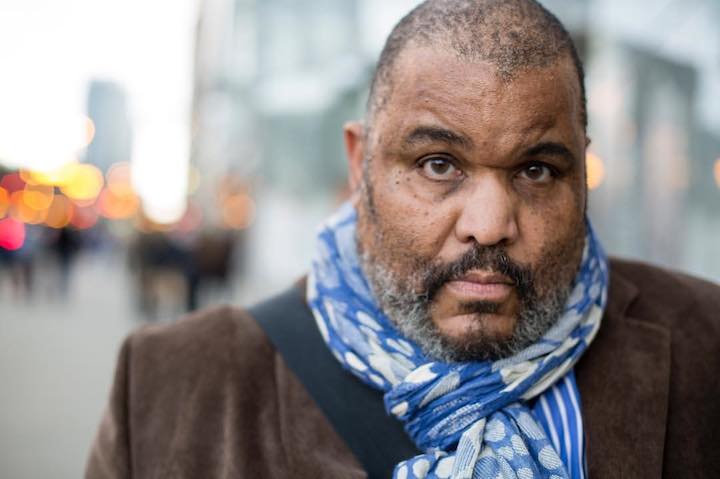
Tempestt Hazel: Harlem often comes up for you–your parents spent quite a bit of time there and it has been the backdrop for your photographs over the years. Can you talk about the significance of Harlem to your life and work?
Dawoud Bey: Harlem is where my own personal narrative begins, since it is where my mother and father met. My mother moved there to follow one of her sisters from West Point, Mississippi. My father moved there from Wilkes Barre, Pennsylvania. They met at St. John’s Baptist Church on west 152nd Street in Upper Harlem. My brother was born while they were living there, and then when I was born they left Harlem and moved to Queens. So, while I never lived there, I have a deep connection to the place.
Harlem also occupies a large place in the black cultural imagination as the site of the Harlem Renaissance and significant black social, political, and cultural history. Harlem, USA was made as both a way of reconnecting to that family history and also to add something to the ongoing culture production and visualization of Harlem.
TH: What was it like growing up in Queens?
DB: Growing up in Queens meant growing up in a close knit community. My brother and I had the freedom to explore the neighborhood without my mother having to worry or care where we were. She knew wherever we were in that neighborhood we’d be watched after. Everyone on the block knew each other, and any adult on the block was free to discipline you–or would make sure your parents knew about any foolishness that you may have been seen creating.
I grew up in initially in Jamaica. Then, by the time I was a teenager, we moved to Hollis, also known as Queens Village.
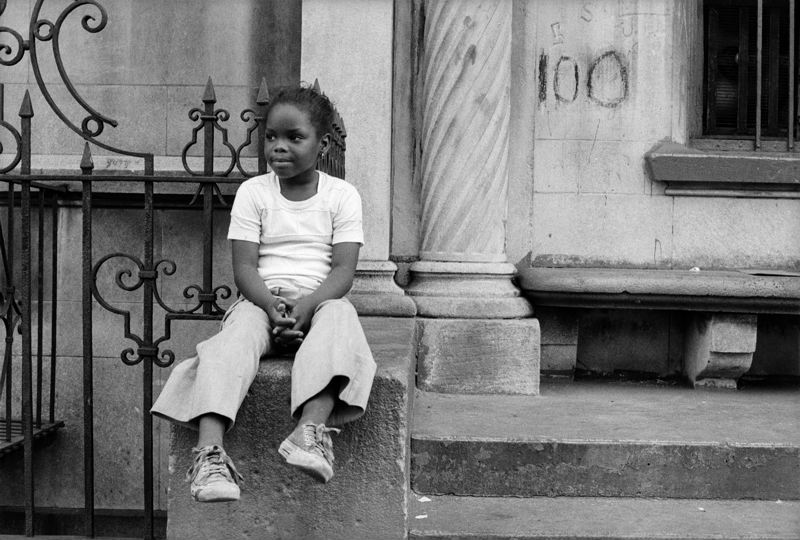
TH: Those who know you know that music is also a big part of your life. Can you talk about your relationship to music? Do you play any instruments?
DB: Music was indeed my first form of creative expression. I actually made my first drum when I was in the third grade, but I got my first drum set when I was fourteen years old. I started taking lessons and began to meet other young aspiring musicians in my neighborhood. There were plenty of them, so it wasn’t too difficult to meet each other.
Around the same time I started studying traditional West African drumming, as there was a cultural center in Hollis where one could take classes with master drummer Chief James Hawthorne Bey. The late 1960s saw an explosion of African drum and dance classes in New York. Babatunde Olatunji had opened the Olatunji Center in Harlem, and those who originally studied with Olatunji started to spread out and teach in other cultural centers. It was a real seminal moment. Those drummers were the first generation teaching those traditions and became revered master percussionists. I knew and studied with most of them or with people who had studied with them. Baba Kwame Ishangi and Olukose Wiles were my most significant teachers in that tradition of drumming. I studied shekere first with Chief Bey then Madeleine Yayodele Nelson. I’m still a pretty good shekere player!
I was also taking drumset classes at the Jazzmobile Workshop, an institution founded by pianist and educator Billy Taylor. Taylor had some of the most significant and accomplished jazz musicians teaching free classes on Saturdays. I studied there with drummers Tootie Heath, Freddie Waits, and Roy Brooks. I was also taking classes and playing with Milford Graves, who is considered the father of “free drumming.” Milford lived in the same Jamaica, Queens neighborhood that I was from and he taught classes at the Store Front Museum, an institution founded by the artist Tom Lloyd, the first director of the Studio Museum in Harlem.
I played professionally for a number of years until photography became my primary interest and art form.
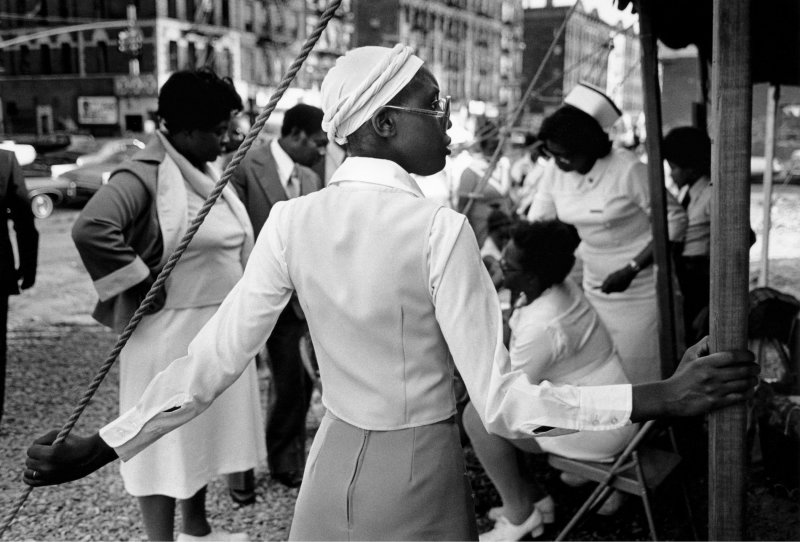
TH: Pretty early in your career you landed an exhibition at the Studio Museum in Harlem with the widely recognized Harlem, USA photographs. What kind of impact did show this have on you and your work?
DB: I started photographing in Harlem in 1975 as a self-initiated project. In 1977, I was invited to teach a photography class at the Studio Museum in Harlem–the first class I ever taught. Carrie Mae Weems, among others, was a student in that class. 1978 I was selected to participate in the Cultural Council Foundation CETA Artists Project, a federally funded, “make work” program modeled after the Works Progress/Projects Administration (WPA). Because I already had a relationship with them, I got myself assigned to the Studio Museum in Harlem as my work assignment. Part of the work I did was to continue photographing in Harlem with the understanding that when I completed the work, they would be exhibited there at the museum.
It was my first museum exhibition, and it had a profound effect on me. It was the first time I came to understand the possible relationship that could exist between one’s work and the context in which one then showed that work. My wanting to mount that exhibition at Studio Museum in Harlem was informed by my having visited the Metropolitan Museum of Art in 1969 for the Harlem On My Mind exhibition. One of the issues that sparked protests of that exhibition was the fact that while the photographs in that exhibition were about Harlem, the community itself was not an active part of the construction of the exhibition. So, I made sure that my photographs of the people of Harlem were first shown in the community that they had access to. The exhibition set attendance records at that time. I was gratified by the community’s response. It was also the first time my work received any critical attention.
The Harlem, USA exhibition is the foundation for all of the work I have gone on to do since then.
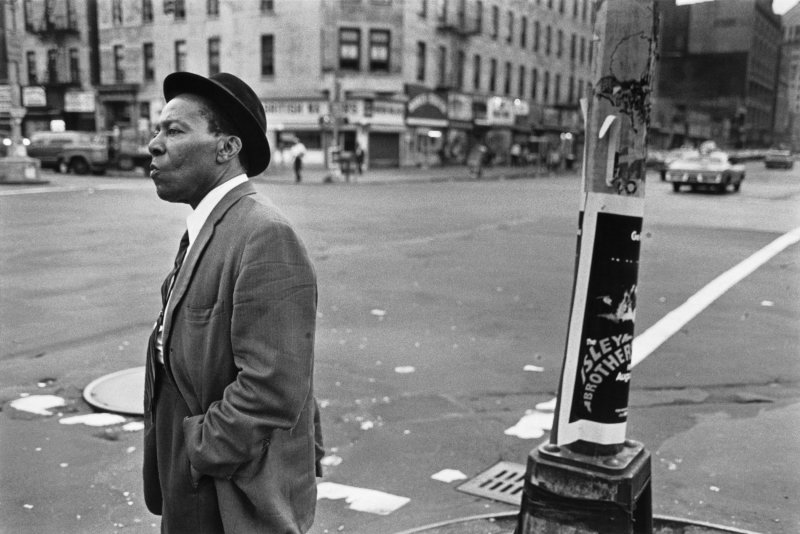
TH: When it opened in 1968, The Studio Museum quickly started to build a reputation as the place to go to find a circle of like-minded Black artists. Was that your experience while you were spending time there?
DB: The Studio Museum in Harlem was where I first began to meet others like myself. Black artists, poets, musicians and dancers all gathered there. I first saw the saxophonist David Murray play there when he first arrived in New York from California. I heard the poet Audre Lorde read there for the first time. I met Barkley Hendricks there during his first exhibition. Mel Edwards, William T. Williams, Jack Whitten, Willie Birch, David Hammons–I could go on and on.
I’d go there and stay for hours, talking with LeRoy Clarke and Lloyd Stevens who were the first artists-in-residence. Lloyd was also a drummer and he kept his congas there. Once I was finished talking with LeRoy, Lloyd would get his drums out and we would play for an hour or two. The museum was my home, academy, and community all rolled into one. And I’m still connected to that institution, even as it has grown and become a more “mainstream” kind of institution. It is a crucial part of my personal and professional narrative.
TH: What made you move away from New York City for the first time?
DB: I left New York to go to grad school. After having a career but not having either an undergraduate or graduate degree, I thought I needed to address that. Actually, Carrie Mae Weems was the one who kept asking me what I was going to do about that. I attended the School of Visual Arts for two years, then left when I was accepted into the CETA Artists Project. After my Harlem, USA exhibition opened, I just kept going and never went back to finish my academic training. So, I finished my undergrad degree at Empire State College/State University of New York in 1991. I was able to get my BFA in a year and a half. I left New York in 1991 to go to grad school at Yale School of Art. I had a number of artists friends who had come out of that program and I knew it was highly regarded. I also knew that most of the artists who came out of there were some of the hardest working and most prolific artists I knew. So, I applied and was accepted. In 1991 I moved to New Haven, Connecticut with my family. My son was less than a year old.
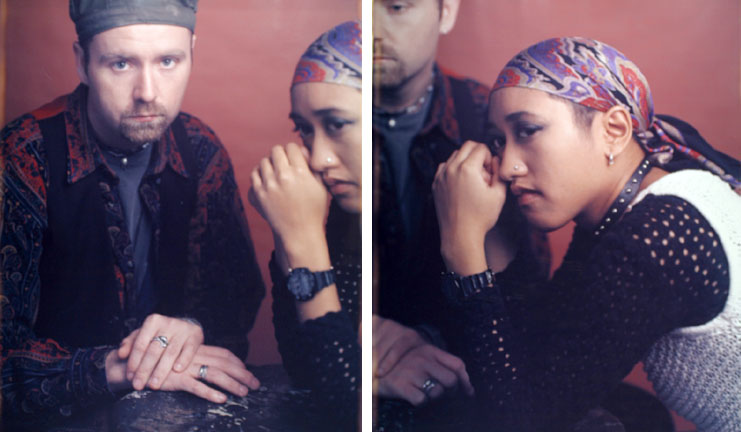
TH: Do you have any particularly memorable moments from your time at Yale?
DB: As someone who was older, and had already had a bit of professional experience, I’m not sure that my experience at Yale was at all typical. I was thirty-eight years old. I had a family. So, my experience was different from most of classmates who were younger, single, and not from New York. They certainly didn’t have the professional experience I had already had, having received a fair number of fellowships and grants before arriving there.
It was definitely a good–though interesting–experience for me. There were people in New York who actually thought I was teaching there. I even did a residency at the Addison Gallery of American Art in Phillips, Andover while I was there. I’m pretty sure the director at the Addison–who is now a good friend–did not know I was student at the time.
It all came to a head when the chair of the photography department went to the Museum of Modern Art (MoMA) to view the installation of new works from the collection. One of my photographs was included in that show! Of course he was stunned–especially since he was not in that exhibition. The next time class met he asked me–rather ungracefully–how I had gotten into the exhibition and whether or not MoMA’s curators knew I was a student at the time. I could only tell him that I had no idea what they knew, but that they liked my work. Years later that same department chair invited me to deliver the commencement address for the School of Art. So all’s well that ends well!
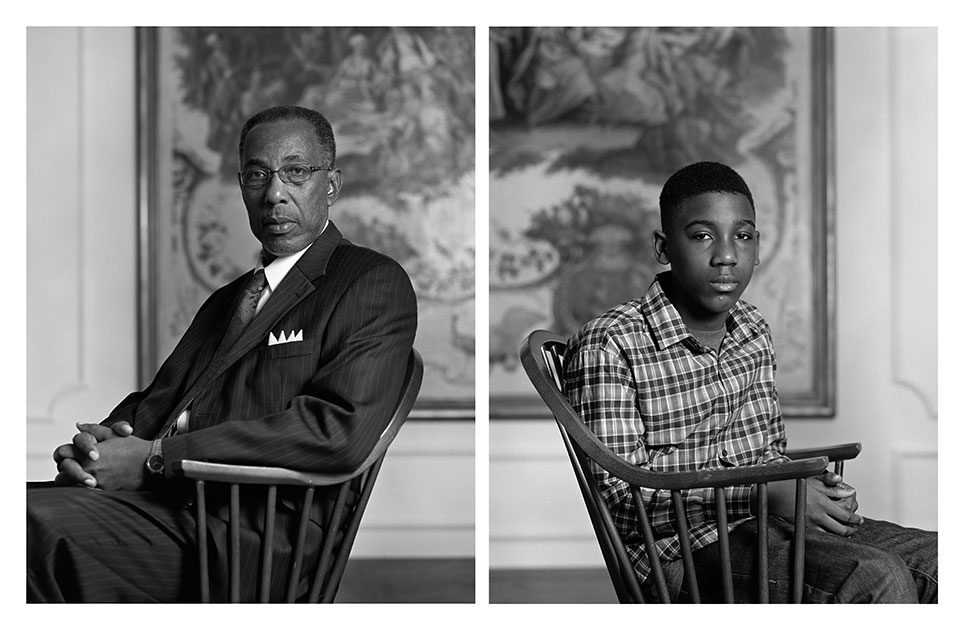
TH: So, when and why did you decide to move to Chicago?
DB: In 1993, a few years after I finished grad school, I had an extended residency and exhibition with Columbia College Chicago and Providence-St. Mel School. This began my relationship with Columbia and also Rhona Hoffman Gallery, who I started showing with shortly after. I ended up spending a lot of time in Chicago because I was showing at the gallery and my brother and his family were here.
I moved to the city in 1998 to accept a position in the Photography Department at Columbia College Chicago. That same year, my wife at that time was invited to join the faculty at the School of the Art Institute of Chicago. So, we moved. By then I had already known the city and a lot of people in the art community pretty well.
[When I moved], I left my teaching position at the Mason Gross School of the Arts at Rutgers in New Jersey, where I was teaching alongside Mel Edwards, Emma Amos, Martha Rosler, and others.
Top Image: West 124th Street and Lenox Avenue, archival pigment print, 2016. © Dawoud Bey.
